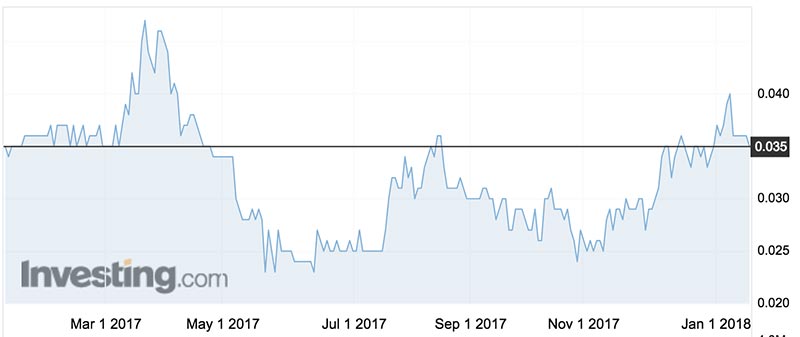Feeding the world is the next big theme – and Verdant is ready
Mining
Mining
Demand for food will rise by 70 per cent in the next 30 years and phosphate producer Verdant is set to benefit, writes Barry FitzGerald in his weekly Garimpeiro column.
Investment themes which can stir investors in to action come and go in the resources sector as much as any other.
Last year the big “thematics’’ in the local resources sector were battery materials and the Pilbara gold nugget rush.
Investors can make up their own minds about which one of those has legs.
Today’s interest though is in a mega-trend, or mega-thematic as some prefer, that can be relied upon to never fade away — and how tiny Darwin-based Verdant Minerals (ASX:VRM) has hitched its future to it.
It’s the need to feed the world.
Feeding the world in the decades to come represents an enormous challenge. The world’s population is now 7.6 billion and the UN forecasts it will grow to 9.8 billion by 2050.
The UN also forecasts that demand for food will rise by a staggering 70 per cent by 2050.
The growth in food demand is out of kilter with population growth as the rising middle class in Asia, and hopefully Africa, will have more income to spend on better diets.

There are some roadblocks in the way of the demand being met.
A key issue is that the availability of arable land which is shrinking alarmingly on a per capita basis. That means yields from the current stock of arable land needs to be improved.
One of the best ways to do that is increase the use of fertilisers.
That’s where the neatly named Verdant comes in with its advanced planning to become a phosphate rock producer from its massive Ammaroo deposit in the Northern Territory.
Phosphate rock is used in the production of phosphate fertilisers. It is the “P” in the N-P-K ratings in all common fertilisers — the others being nitrogen and potassium.
Phosphorus is vital to healthy plant life. Among other things, it helps kick start the photosynthesis process.
Most of the phosphate rock produced in the world is consumed by integrated fertiliser producers, leaving about 30 million tonnes a year that finds its way on to the merchant or seaborne market that Verdant has in its sights.
Ammaroo is the biggest stock exchange-compliant phosphate resource in Australia and it could support big volumes of production for decades, including a big capital project to become an integrated fertiliser producer.
But first things first.
The key to the project proceeding is its ability to break in to the much smaller seaborne market as the initial step towards something much bigger in decades to come.
Feasibility study this quarter
That’s why Verdant plans to start out at an annual production rate of 1 million tonnes per annum (mtpa), ramping up to 2 mtpa over time.
It plans to complete a bankable feasibility study in to the development in the current quarter.
Completion of the study will give fresh momentum to Verdant’s hunt for offtake (future sales) and/or joint venture partners to help make Ammaroo happen.
Details will be in the study but it is likely the 1 mtpa “starter’’ project could be built for less than $200 million.
Still, it is a big ask for a company the size of Verdant with its 3.5c share price and $35 million market cap.
Things will be all that easier if the study confirms what could be robust economics. Verdant is targeting costs of production of about $US60 a tonne FOB.
(FOB or ‘free on board’ means the sale price includes the cost of delivering the goods onto the buyer’s transport vessel).
That compares with current benchmark prices ex-Morocco of about $US100 a tonne, with Ammaroo obviously having a freight advantage into Asian markets over North African and Middle East producers who dominate the seaborne market.
So potentially strong margins are to be had with the starter project — which could get going in the latter part of 2018 if financing with the support of offtake agreements or joint venture partners can be secured.
To that end, Verdant has been busy introducing Ammaroo to global fertiliser companies and potential off-takers at industry conferences in the US and Morocco.
It has reported back that there seems to be real interest a new source of phosphate rock in a stable jurisdiction like Australia.